Paprika Is: A Flavorful Journey Through the World of This Versatile Spice
Table of Contents
What Is Paprika?
Paprika is a vibrant, earthy spice that has become a staple in kitchens around the world. Derived from dried and ground red peppers, paprika adds color, flavor, and a touch of warmth to countless dishes. But what exactly is paprika? Let's dive into the details.
The term "paprika" refers to both the spice itself and the variety of peppers used to make it. These peppers are typically grown in regions like Hungary, Spain, and the United States, where they thrive in warm climates. Once harvested, the peppers are dried and then ground into a fine powder, resulting in the familiar red spice we know as paprika.
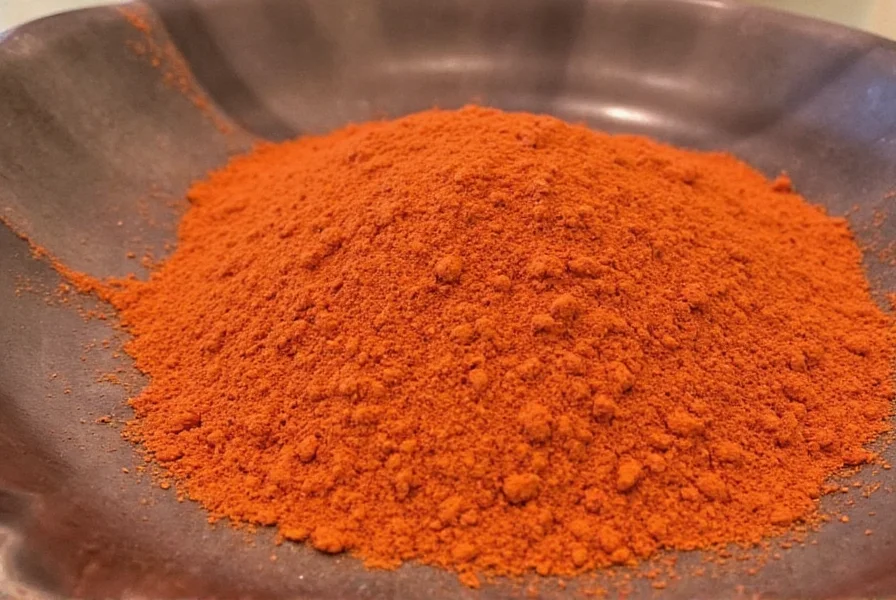
Types of Paprika
Not all paprikas are created equal. Depending on the type of pepper used and the region of origin, there are several varieties of paprika, each with its own unique characteristics. Here are the most common types:
- Hungarian Paprika: Known for its rich, smoky flavor, this is the most popular type of paprika used in traditional Hungarian dishes like goulash and paprikás csirke (chicken in paprika sauce).
- Spanish Paprika (Pimentón): This variety is often smoked, giving it a deep, savory taste. It’s commonly used in Spanish cuisine, especially in dishes like chorizo and patatas bravas.
- Sweet Paprika: Mild and slightly sweet, this is ideal for adding color without too much heat. It’s great for seasoning meats, soups, and sauces.
- Bright Red Paprika: This is a more neutral-tasting variety, often used as a coloring agent rather than a strong flavor enhancer.
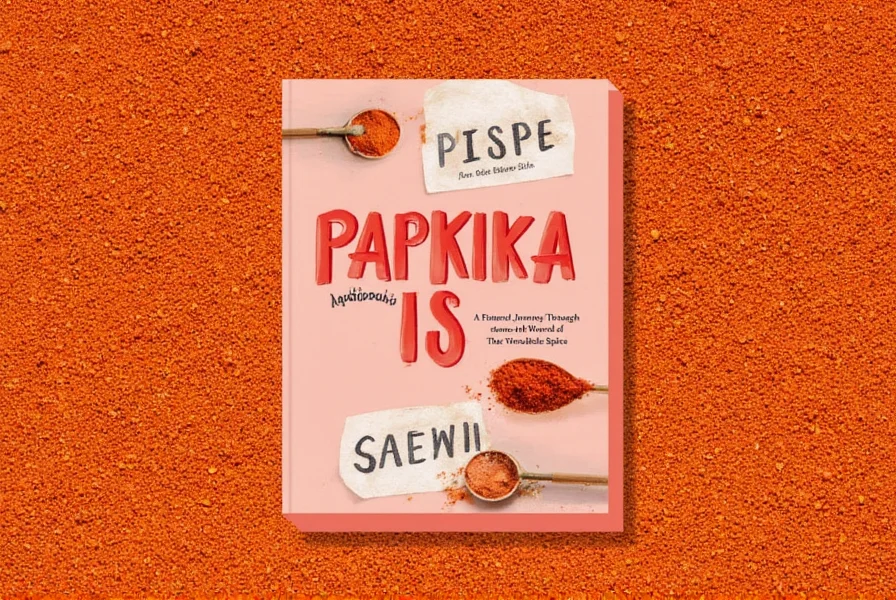
Culinary Uses of Paprika
Paprika is incredibly versatile and can be used in a wide range of dishes across different cuisines. Whether you're looking to add depth to your stews or a pop of color to your salads, paprika has got you covered. Here are some common culinary uses:
- Seasoning Meats: Paprika is a key ingredient in many meat dishes. It enhances the flavor of grilled chicken, pork, and even fish. Try rubbing it on chicken before grilling for a deliciously spicy finish.
- Adding Color to Dishes: The bright red hue of paprika makes it perfect for garnishing soups, stews, and rice dishes. A sprinkle of paprika on top of a bowl of lentil soup can transform it from ordinary to extraordinary.
- Enhancing Sauces and Stews: Paprika adds a subtle warmth to tomato-based sauces, making them richer and more complex. It’s also a must-have in classic dishes like borscht and gazpacho.
- Creating Flavorful Seasonings: Combine paprika with other spices like garlic, onion, and cumin to create custom spice blends for rubs, marinades, and dressings.
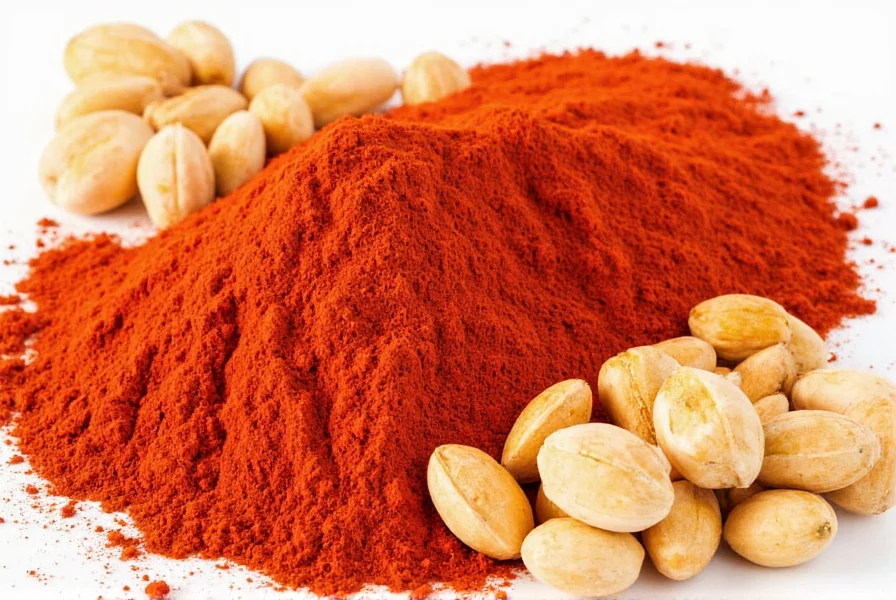
Buying Guide for Paprika
If you're new to paprika or looking to upgrade your spice collection, here’s a guide to help you choose the right paprika for your needs:
Features to Look For
- Origin: Paprika from Hungary and Spain tends to have a more intense flavor compared to commercial brands. If you want authentic taste, look for products labeled as 'Hungarian' or 'Spanish.'
- Heat Level: Paprika can vary in heat. Sweet paprika is mild, while smoked or hot paprika can be quite spicy. Check the label if you’re sensitive to heat.
- Quality: High-quality paprika should be bright red, not dull or discolored. Avoid powders that have clumps or an off smell.
Advantages of Different Types
| Type | Flavor Profile | Best Use |
|---|---|---|
| Hungarian Paprika | Smoky, rich | Traditional Hungarian dishes, grilled meats |
| Spanish Paprika (Pimentón) | Smoked, savory | Spanish dishes, chorizo, patatas bravas |
| Sweet Paprika | Mild, slightly sweet | Coloring, seasoning, delicate dishes |
| Bright Red Paprika | Neutral | Cooking, baking, general use |
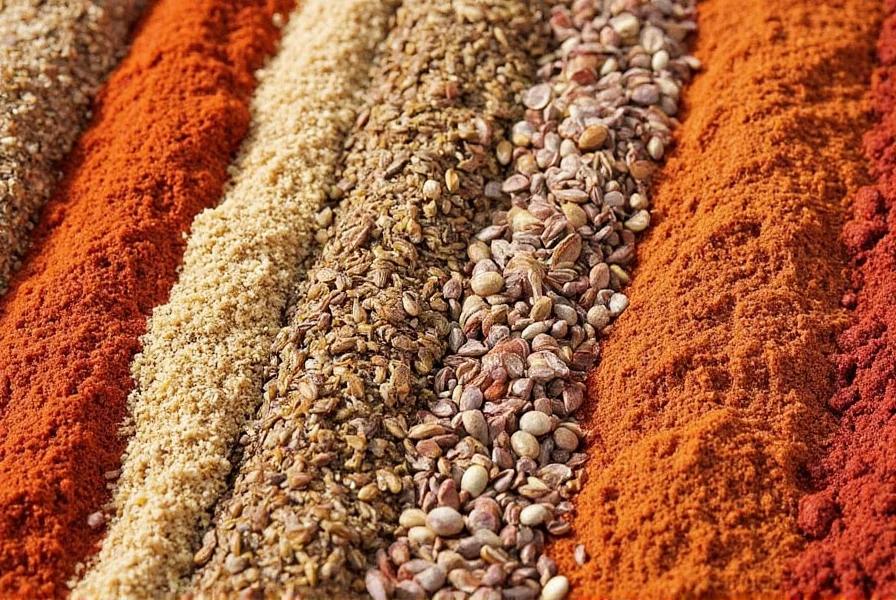
Use Cases and Target Audience
Paprika is suitable for a wide range of users, from home cooks to professional chefs. Here are some specific scenarios where paprika shines:
- Home Cooking: Ideal for those who enjoy experimenting with flavors and want to elevate their everyday meals.
- Chef's Kitchen: Professional chefs use paprika to enhance the complexity of their dishes, especially in traditional European and Latin American cuisines.
- Health Enthusiasts: Paprika is rich in antioxidants and vitamins, making it a healthy addition to any diet.
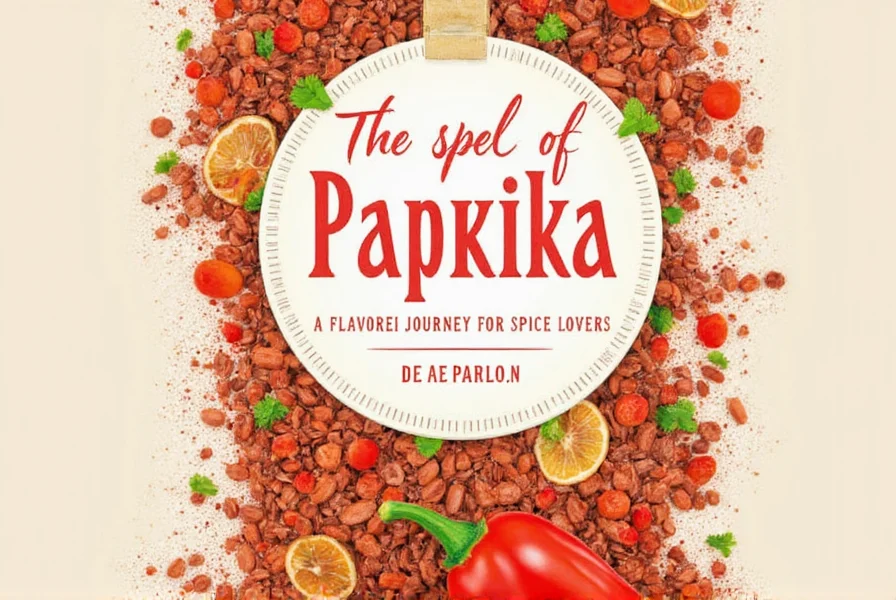
Tips and Tricks for Using Paprika
Whether you're a seasoned chef or just starting out, these tips will help you make the most of your paprika:
- Start Small: Paprika can be strong, so begin with a small amount and adjust to taste. You can always add more, but you can’t take it back once it’s in the dish.
- Combine with Other Spices: Mix paprika with garlic, cumin, or chili powder to create a more complex flavor profile. It pairs well with almost any spice.
- Toast Before Use: Toasting paprika before using it can enhance its aroma and flavor. Simply heat a dry pan and add the paprika, stirring until fragrant.
- Use as a Garnish: Sprinkle a little paprika on top of your dishes for a beautiful, colorful finish. It works well with eggs, soups, and even cocktails.
- Store Properly: Keep paprika in an airtight container away from light and moisture to preserve its flavor and potency.

Conclusion
Paprika is more than just a colorful spice—it’s a flavor powerhouse that can transform your cooking. From its origins in the heart of Europe to its global popularity, paprika is a testament to the beauty of simple ingredients with big impact. Whether you're using it to season your favorite dishes or simply to add a pop of color, paprika is a must-have in any kitchen. So next time you reach for the spice rack, don’t forget to give paprika a try—paprika is truly one of nature’s most versatile and flavorful gifts.










 浙公网安备
33010002000092号
浙公网安备
33010002000092号 浙B2-20120091-4
浙B2-20120091-4